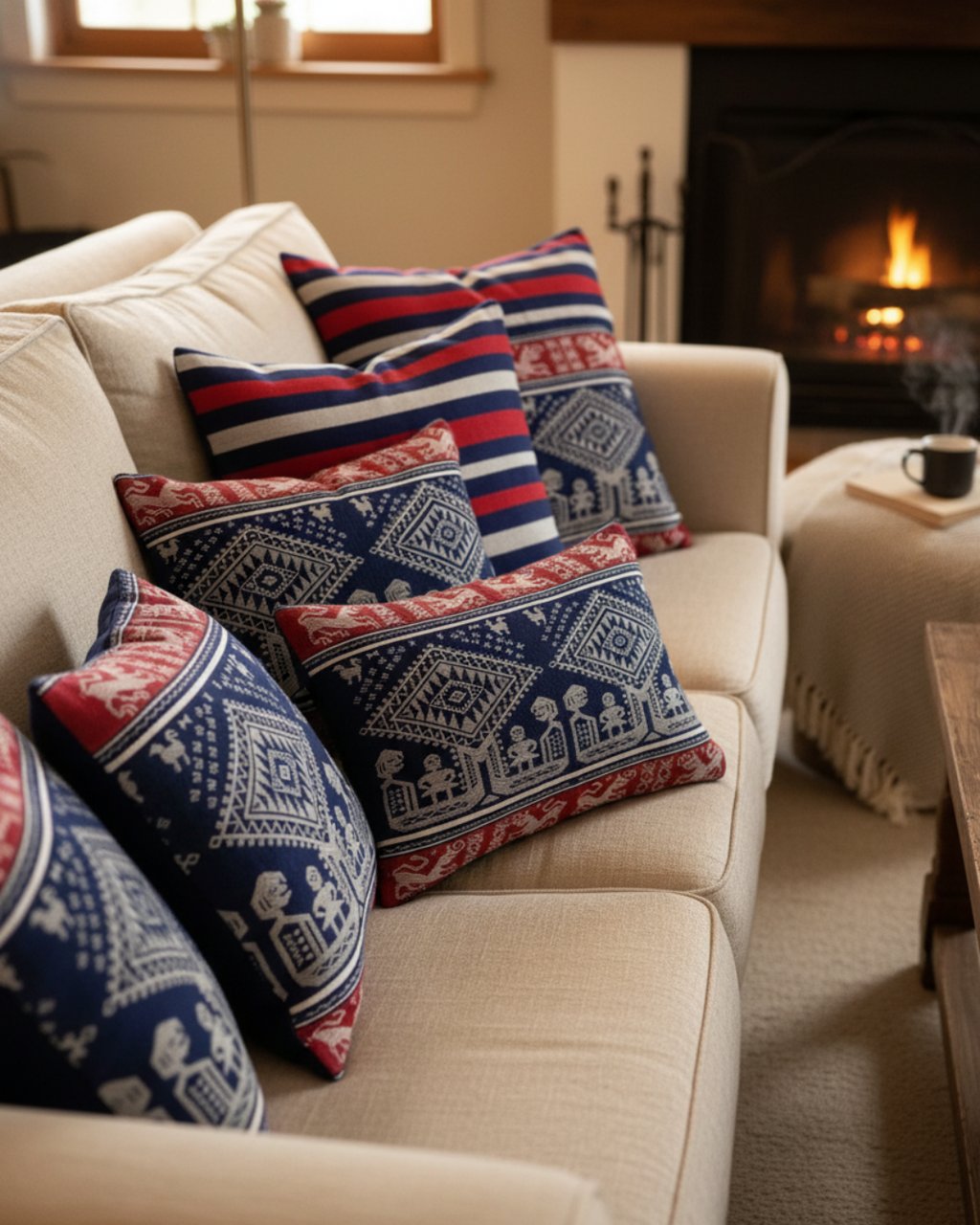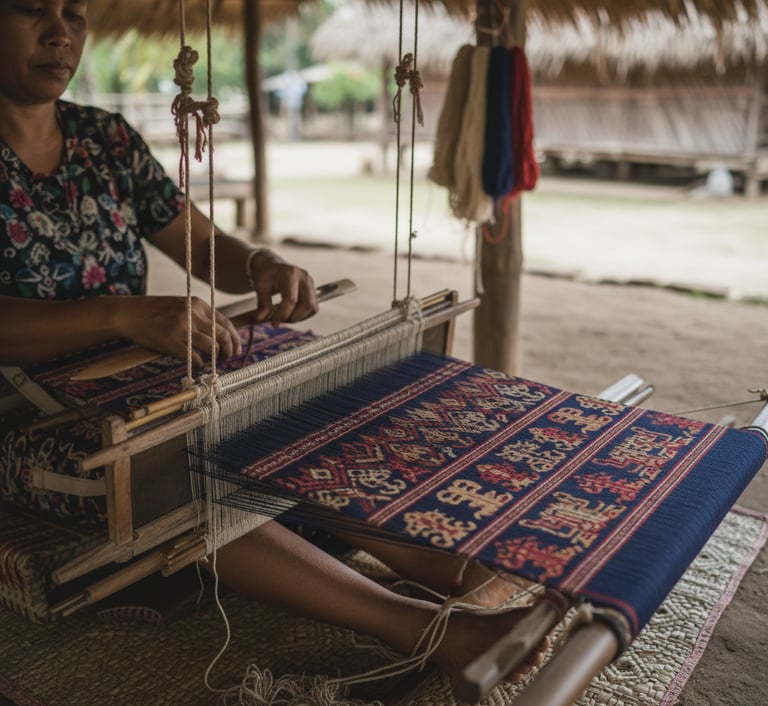The Unique Allure of Indonesian Handicrafts: Art, Meaning, and Global Recognition


What Makes Indonesian Handicrafts So Unique?
Indonesia, an archipelagic nation of over 17,000 islands, is a living mosaic of cultures, languages, and artistic traditions. This incredible cultural diversity forms the bedrock of a rich and ancient craftsmanship legacythat is deeply intertwined with the daily lives, spiritual beliefs, and ceremonies of its people. Unlike many global crafts, Indonesian handicrafts are not just decorative items; they are tangible stories, historical documents, and symbols of community identity, making them truly unique on the world stage.
A Tapestry of Traditions from 17,000 Islands
The geographical and ethnic diversity of Indonesia means that each island, and often each region, boasts its own signature craft tradition, utilizing local materials and reflecting unique philosophies.
Batik (Java): Perhaps the most globally recognized traditional craft Indonesia has to offer. Batik is an intricate wax-resist dyeing technique, where complex patterns are drawn onto fabric using a tool called a canting. The motifs often denote social status, history, or specific spiritual protection.
Tenun Ikat (Flores & East Nusa Tenggara): This stunning form of weaving requires incredible skill. The pattern is dyed onto the threads before they are woven (ikat means "to tie" or "to bind"). The resulting textile is a masterpiece of precision and geometric beauty, often used in rituals and exchanges.
Wood Carving (Bali & Jepara): Balinese wood carvings are famous for their fluid, naturalistic, and often spiritual themes (depicting Hindu gods and myths), while the carvings from Jepara (Central Java) are renowned for their highly intricate furniture and detailed floral motifs.
Rattan and Bamboo Weaving (Kalimantan & Sumatra): Utilizing the abundant forest resources, skilled artisans transform flexible materials like rattan, bamboo, and pandanus leaves into durable, light, and aesthetically pleasing baskets, mats, and furniture.
The Art of Handmade Precision
What distinguishes Indonesian handicrafts is the meticulous, labor-intensive, and entirely handmade nature of their creation. These are not factory products; they are the result of techniques passed down through countless generations—from parent to child, often within specific village guilds.
Generational Knowledge: Whether it's the exact temperature needed for a wax mixture in Batik, the calculation of thread resistance in Ikat weaving, or the precise chisel stroke for a Balinese mask, the knowledge is experiential. This intimate connection to the material and the process ensures the craft's authenticity and high quality.
Time and Dedication: A single piece of fine Tenun Ikat can take months, and a detailed Batik shawl can take weeks. This investment of time is a testament to the artisan's dedication and the inherent value placed on the finished object.
Meaning and Symbolism in Every Craft
Traditional crafts in Indonesia serve as a non-verbal cultural language. Every color, motif, and weaving pattern holds significant meaning, often relating to cosmology, societal roles, or religious beliefs.
Motifs as Cultural Narratives: In Batik, patterns like the Parang Rusak (broken dagger) once reserved for Javanese royalty, symbolize power, strength, and the cycle of continuous effort. Other motifs depict flora, fauna, or mythical creatures that serve as protectors or bring good fortune.
Colors and Cosmology: Certain colors in textiles carry symbolic weight. For instance, natural dyes often signify a deeper connection to the earth, while gold threads in Songket weaving (Sumatra) signify wealth and high status.
Spiritual Connection: Many pieces, like masks and wayang puppets, are imbued with spiritual or magical protective qualities, connecting the owner to the ancestral world or specific deities.
Why Indonesian Craftsmanship Deserves Global Recognition
In an era dominated by mass-produced uniformity, Indonesian handicrafts stand out as beacons of authenticity.
Indonesian Handicrafts are distinguished by their cultural and artistic expression, achieved through slow, careful production focused on detail, resulting in items where each piece is subtly unique, and ultimately, their purchase supports local communities and traditions. In contrast, mass-produced items are valued as a commercial commodity, are made fast and standardized for volume, are identical, and often rely on outsourced, standardized labor.
By choosing genuine Indonesian handicrafts, you are not just acquiring an object; you are supporting an ancient artistic heritage, empowering local artisans, and preserving a rich, unique cultural identity.
Discover authentic Indonesian creations and support the preservation of this incredible cultural heritage.










